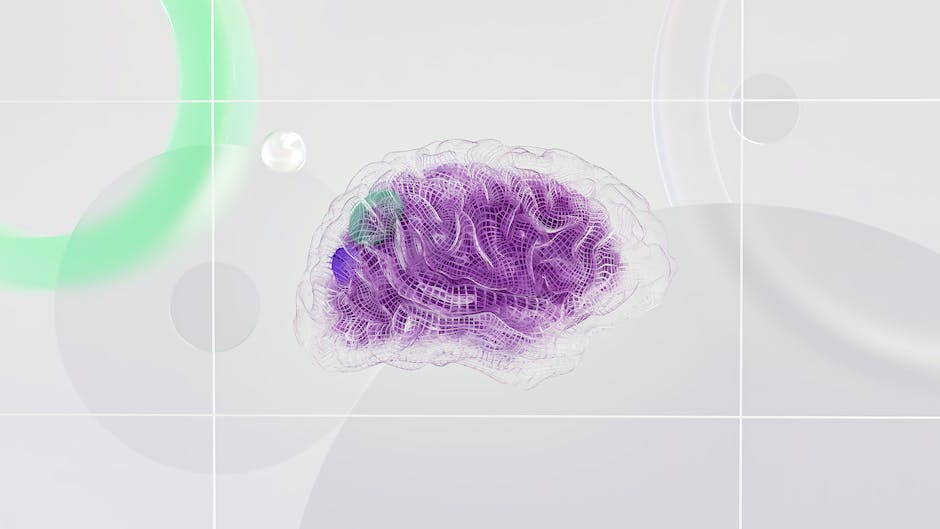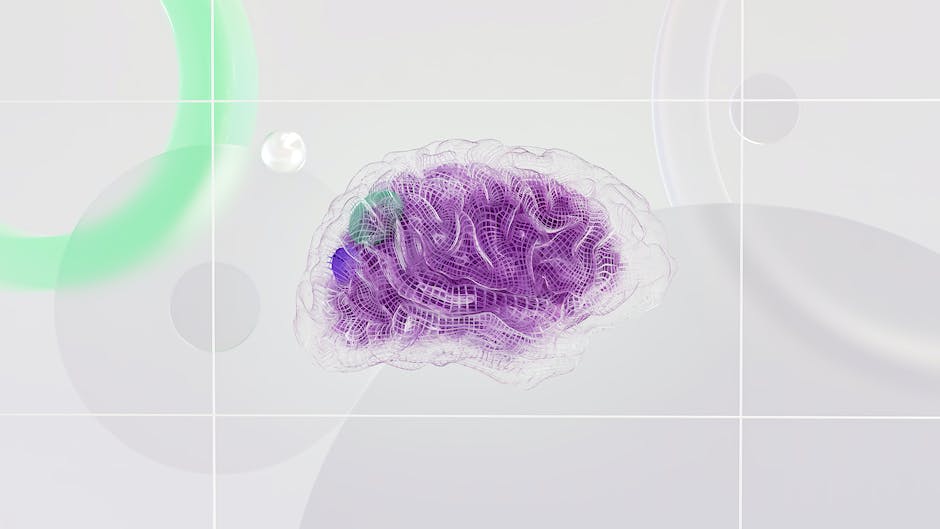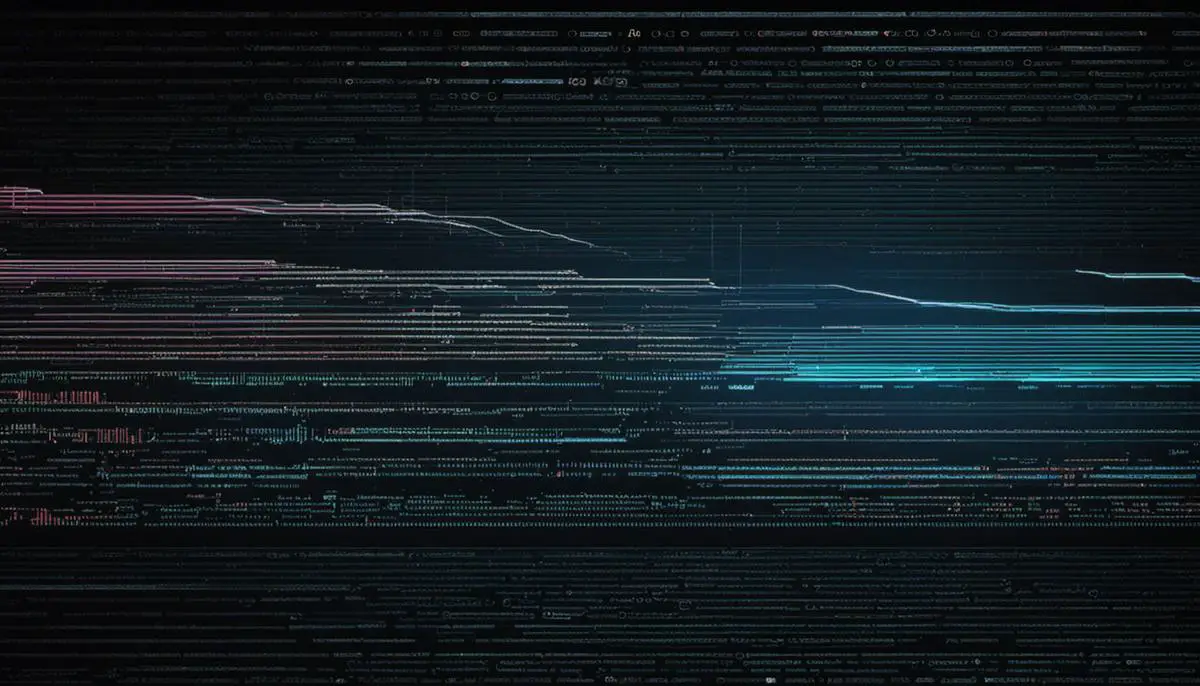Deep fake technology, a buzzword in the contemporary digital age, has surfaced as a significant player in the arena of artificial intelligence. With the capability to manipulate media content – chiefly video – to an unparalleled degree, this technology harnesses the power of generative adversarial networks (GANs) and machine learning algorithms.
Diving into the nitty-gritty of its birth, operation, and potential, this discourse goes beyond superficial layers to explore not only how deep fakes are created but also expounds on their increasingly critical role in shaping societal and political landscapes.
Contents
Deep Fake Technology Basics
Deep fake technology represents a revolutionary advancement in the field of artificial intelligence, primarily revolving around the manipulation of audio and visual content. The ingenious computer science principles that drive this burgeoning technology comprise machine learning algorithms – most notably the generative adversarial networks (GANs). These mechanisms are the pivot upon which understanding deep fake technology hinges.
Generative Adversarial Networks (GANs)
Generative Adversarial Networks represents a class of machine learning systems invented by Ian Goodfellow and his colleagues in 2014. They are comprised of two parts – the generator, that produces images, and the discriminator, that evaluates those images.
These two components work together, with the generator trying to make more and more realistic images to fool the discriminator, while the discriminator gets better and better at distinguishing between real and fake images. This forms an ever-evolving loop that improves the capability of the system as a whole.
Role in Deep Fake Technology
Deep fake technology utilizes this feature of GANs to create hyperrealistic content. Essentially, the generator learns to mimic the appearance of a certain subject from a large number of images or frames, then generates new images or frames based on this data.
The discriminator, after being trained on real images or frames, checks the generator’s work, providing feedback that helps refine the generator’s future attempts. Eventually, the generator becomes proficient enough to produce output that can dupe even the discriminator, resulting in a convincing ‘deep fake’.
Machine Learning and Deep Fake Technology
Machine Learning, being the backbone of GANs, is integral to deep fake technology. Systems are trained on vast quantities of data, allowing them to ‘learn’ how to produce realistic deep fakes. They learn to understand intricate details, like the subtle shifts in facial expressions, the fall of light and shadow, and even minute aspects like individual strands of hair. Machine learning makes possible the task of sifting through countless permutation and combinations to arrive at the most plausible fake representation.
Concerns and Safeguards against Deep Fake Technology
While the prowess of deepfake technology is remarkable, its misuse for malicious intent necessitates robust safeguarding measures. This entails the development of detection algorithms that are capable of identifying deep fakes.
These detection models are built on machine learning principles similar to those used to create deep fakes. Furthering our understanding of deep fakes and their creation mechanisms would provide vital insights into the development of more effective detection and mitigation strategies.
Exploring deep fake technology means delving into the intricate realm of generative adversarial networks and machine learning algorithms. These interactive components create an engaging, data-driven wrestle that crafts virtually realistic outcomes and provides an insight into the potential solution creation process.
Deep fake technology branches out over extensive domains like computer science, data science, and artificial intelligence, marking a significant milestone in our technological progression and hinting at the unexplored avenues we are about to journey upon.

Creating Deep Fakes
Deepfake Technology: Delving into Data Collection and Processing
The mastery of deepfake technology begins with the initial phases of data collection and processing. Fundamentally, deepfake applications thrive on digital data representations. To fabricate deepfakes, a substantial quantity of images or video material of the individual of interest, especially focusing on their facial features, is imperative.
The AI system proceeds to scrutinize various angles, expressions, and lighting circumstances to build an exhaustive knowledge of the subject’s face. The gathered data undergoes simplification and processing to convert into a format that the machine can easily interpret. In simple terms, the raw data gets translated into numerical values, or tensors, which are perfect for processing by the AI’s neural network.
Training and Refining the AI Models
Once data is collected and processed, the next phase is training the AI model. Deepfakes employ what is known as a Generative Adversarial Network (GAN), a system of two neural networks contesting with each other in a zero-sum game framework.
The two networks – the generator and the discriminator – have different roles. The generator creates new, fraudulent images by blending features from the compiled data, while the discriminator evaluates the authenticity of those images based on the training dataset. The two networks continuously improve, with each network optimizing in a way that benefits the other and making the deepfakes more believable.
Training a GAN for deepfake technology could take hours or even days, depending on the complexity of the data and the power of the hardware. Throughout the training process, the model undergoes continuous refining, subtly altering the generator’s output to produce more realistic images. This process often requires trial and error, as well as a fair amount of fine-tuning, to achieve the most realistic results.
Generating Deepfake Videos
The final stage in creating deepfake involves generating videos. After training, the model should be able to produce realistic and sophisticated images. These are then strung together to create a video, with audio either added manually or generated by another AI model. Generating high-quality deepfake videos can be computationally expensive and may require high-end hardware or cloud-based solutions.
An interpolation technique known as optical flow is often used to smooth transitions between frames, ensuring that movements appear natural. Additionally, post-processing measures like color correction or masking are applied to further enhance the overall quality and believability of the video.
The Advent of High-Profile Deepfakes
In recent history, deepfakes have played a significant role with severe cultural and political repercussions. For instance, in 2018, Buzzfeed and Jordan Peele produced a deepfake featuring President Barack Obama that served as a notable example of this technology’s advancing capabilities.
Through the careful blending of Peele’s impersonation of Obama with manipulated imagery, they achieved a startlingly realistic result. Moreover, a deepfake featuring Mark Zuckerberg claiming to control illicitly obtained information from billions of users also raised serious concerns about the ethical use of deepfake technology.
These incidents emphasize not only the escalating sophistication of this technology but also the urgency for effective detection measures and ethical oversight to counteract potential falsehoods and manipulations.

Impact of Deep Fake Technology
Deep Fake Technology: An Overview of its Function
Deepfake technology, underpinned by artificial intelligence, is capable of altering or generating visual and audio content that appears remarkably realistic.
As a specific application of machine learning, deepfakes employ deep learning techniques to produce convincing artificial media. The power of this technology lies in its ability to create synthetic media that imperceptibly replaces a person’s image and voice in video or audio content, effectively blurring the lines between authenticity and fabrication.
Impact on Society and Politics
The societal and political impact of deepfake technology is vast and potentially destructive as it can effectively manipulate public opinion and cause confusion. It’s already been used to spark controversy and disseminate disinformation.
For instance, a deepfake video was circulated during the 2020 Presidential Election in the United States that purportedly showed one candidate behaving improperly. Although the video was debunked, it had already affected public sentiment.
Manipulating Public Sentiments
Deepfakes are capable of manipulating public sentiments, thereby sparking potential social unrest, or worse, geopolitical tensions. As an example, the 2018 deepfake video of President Obama issuing false statements went viral, sparking confusion and concern. The aim of malicious actors using such tactics might range from mere mischief to serious attempts at undermining political stability.
Threat to Privacy and Reputation
On an individual level, deep fakes pose a severe threat to privacy and reputation. It only takes a few images or video clips to create a realistic deepfake that can place any individual in fabricated compromising circumstances. Such instances of deepfakes have been involved in revenge pornography and celebrity image manipulation, causing harm to the reputations and mental health of the individuals involved.
Deepfake Detection: A Ray of Hope
Efforts are being made to combat the threats posed by deepfakes. AI models are now being designed to detect deepfakes by spotting inconsistencies that the human eye might miss. Although it’s a challenging task given the sophistication of deepfake technology, progress is being made.
Potential Future Scenarios: Proactive Measures
Going forward, as the technology evolves, deepfakes are expected to become even more advanced and easily programmable. Therefore, constant vigilance, awareness, and education about deepfakes are imperative. It’s also crucial to develop stringent regulations and penalties for misuse of deepfake technology. A proactive stance towards this technology can help in crafting a strategy for managing their potential misuse.
Concluding Remarks
Deepfake technology demonstrates an extraordinary milestone in tech advancements, yet it simultaneously unveils a web of intricate societal implications spanning from individual to global concerns. This novel technology modifies our interaction with media, encouraging skepticism towards its validity, thereby inviting systematic challenges in terms of privacy, political honesty, and the public’s faith. As deepfake technology progresses, it will be incumbent on society, legislators, and tech professionals to adapt rapidly to reduce the negative impacts.

Detection and Mitigation Strategies
Decoding the Deepfake Technology
The essence of deepfake technology lies in the advanced Artificial Intelligence (AI) combined with machine learning algorithms, specifically a model known as Generative Adversarial Networks (GANs). This high-end technology crafts artificial media by replacing the person from an existing image or video with another’s features.
It meticulously studies and assimilates the patterns of a person’s tendencies, quirks, and voice to produce highly believable impersonations. The key concern regarding this technology is the potential misapplication, be it for spreading disinformation, altering public perception, infringing personal privacy rights, or facilitating varied cybercrimes.
Current Methods for Detecting Deep Fakes
Detecting deep fakes often involves cognitive and technical methods. Cognitive methods include scrutinizing a video’s quirks or inconsistencies that might indicate forgery, such as irregularities in lighting or perspective.
Technical methods often employ artificial intelligence. These AI models are trained to detect deep fakes by analyzing a vast amount of real and faked data. For instance, they might note facial distortions, changes in skin tone, blinking patterns of the eyes, or textural anomalies that are normally overlooked by the human eye.
Another approach is the usage of Blockchain technology, which creates a digital signature for each piece of content at the point of creation. It allows for the content’s verification and authentication, making it easier to detect deep fakes.
Challenges in Detecting Deep Fakes
The detection of deep fakes is a constantly evolving challenge, as the creation technology continues to improve. The very sophistication of deep fakes is the first issue. As these deceptive videos are becoming more refined and convincing, it’s increasingly difficult for both humans and AI to differentiate between real and synthetic content.
Small or partial deep fakes, such as synthetic voice clones or deep fakes where only specific features are altered, pose challenges as they might be harder to detect. Also, the lack of a ‘ground truth’ or verifiable reality can make it hard to be certain whether content is fake or authentic.
Combatting the Impact of Deep Fakes
To effectively combat the repercussions of deep fakes, an extensive approach is required. This approach encompasses the efforts of tech companies, policy implementation, and heightened user awareness. Tech companies in particular need to maintain the advancement of their detection algorithms parallel to improvements in deep fake creation technology. In addition, these firms can deter the misuse of deep fake technology by introducing strict policies against the creation of deep fakes using their AI tools.
Governments too, need to play their part by instating and imposing policy measures to penalize those who create or propagate malicious deep fake content. These can include legislation to entirely outlaw deep fakes or regulations placing responsibility on the creators and distributors of such content.
Increasing user awareness is another vital aspect of this counteractive strategy. Users should be informed about the existence and potential dangers of deep fakes and provided with methods to detect them. Easy access should be granted to tools and resources that authenticate online content.
On an individual level, one can self-protect by maintaining a healthy skepticism of unbelievable content, verifying the source of the information, and resorting to fact-checking websites. Media literacy education can further equip individuals with the necessary skills to differentiate between real and manufactured content.

Ethics of Deep Fake Technology
Decoding Deep Fake Technology
Deep Fake technology operates as a subset of artificial intelligence, adept at altering or reproducing digital content to make it seem genuine. It utilizes advanced algorithms and neural networks to simulate the appearances, voices, and behavior of specific individuals or events. This ability to create such deceptive digital illusions, often mistaken for reality, introduces a number of ethical concerns.
Potential Benefits of Deep Fake Technology
Deep fake technology offers a range of potential benefits. In the film and entertainment industry, this technology can be used for dubbing, where actors’ lip movements can be altered to match the language of the film. It can also mimic the appearance of actors who are unavailable or deceased for film roles. In education, deep fake technology can recreate past historical events or figures, thus enhancing the learning experience.
Potential Dangers of Deep Fake Technology
Contrarily, the misuse of deep fake technology raises several ethical issues. The technology can be utilized to create convincing but falsified video clips, influencing public opinion or spreading misinformation. A worrying development is the misuse of this technology in the creation of non-consensual explicit content, violating basic privacy rights and individual consent.
Responsible AI Development and Use
Understanding these implications requires a comprehensive view towards responsible AI development and use. Developers need to be mindful of the potential misuse and equip their creations with counter measures. Transparent and accountable AI practices should be encouraged, that respect human autonomy, privacy and have in-build capabilities for detecting and disallowing malicious use.
Privacy Concerns
Privacy has been at the forefront of ethical considerations related to deep fake technology. The ease of creating deep fakes introduces high risks of misuse, spreading misinformation, blackmail, or even defamation. Individuals may have their likenesses stolen and manipulated without their consent, causing intense emotional distress and potential harm to their reputation.
Necessity of Informed Consent
Informed consent is a pivotal discussion point in this debate. Given that deep fake technology leverages personal data like images, videos, or voice recordings, obtaining informed consent from the individuals is crucial. It is vital that all individuals understand the full spectrum of how their data will be used and manipulated before giving consent, to prevent violations of personal rights and misuse of personal information.
Legislative Efforts to Regulate Deep Fakes
Attempts to curb the illicit use of deep fakes are being made at the legislative level. Various governments are working on bringing laws and regulations to hinder deep fake production and dissemination. While this might stifle creativity and advancement in AI, it attempts to strike a balance between ethics and technology.
Understanding deep fake technology is not just about recognizing the potential of AI. It compels us to confront the ethical considerations that come alongside this progress. The key to making the most of this technology is striking the right balance between leveraging its potential and protecting individual rights and societal values.

While one cannot ignore the strides artificial intelligence has made through deep fake technologies, the ethical implications they impose are deserving of comprehensive scrutiny. They bring to the fore significant questions about responsible AI development, privacy rights, and the imperative of informed consent in their creation.
Thoughtful and complex, the discourse on deep fake technology invites a delicate balancing act between exploiting its potential benefits and curtailing its dangers. In an era increasingly defined by digitalization, our understanding, management, and discourse surrounding deep fake technology will undoubtedly shape our technological, societal, and political future.

Emad Morpheus is a tech enthusiast with a unique flair for AI and art. Backed by a Computer Science background, he dove into the captivating world of AI-driven image generation five years ago. Since then, he has been honing his skills and sharing his insights on AI art creation through his blog posts. Outside his tech-art sphere, Emad enjoys photography, hiking, and piano.
